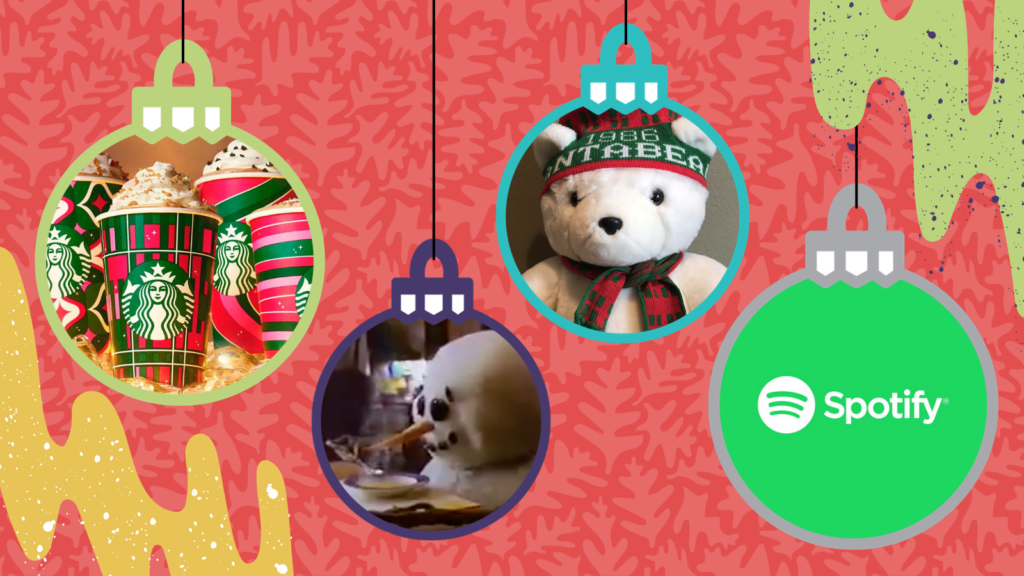It’s time for another nerdy, nerdy blog about how to write. In the past, we walked you through a whole bunch of grammar and punctuation tips…and then we did it again, because you apparently love that stuff.
Now, we’re doing it a third time. Crazy right?
We talked about hyphens before, but that was just the tip of the metaphorical iceberg, so we’re about to dive headfirst into some of the most widely misunderstood punctuation marks: the dash family.
Buckle up. It’s about to get fun.
MEET THE DASHES
For starters, we realized that not everyone knows the difference between our three stars today. So let’s get that straight.
- When we’re talking about a hyphen, we mean this little guy: –
- When we mention en dashes, we’re talking about: –
- And when we bring up em dashes, that’s: —
Each one of these is a different punctuation mark that serves a special purpose. What are those purposes? We’re so glad you asked.
HYPHENS
Okay, friends. Let’s talk about the humble hyphen. You’ve probably used this one without even knowing the rules behind it. Hyphens are great for connecting things that are already related. What do we mean?
- High-quality writing
- One-of-a-kind strategy
- Three-and-a-half-year-old dog
Hyphens are great for adjectives (words that describe things) that go before a word. Check out our other grammar blog for more on this.
That’s really all hyphens are used for, for the most part: compound words and strings of adjectives. That’s it.
If you’re thinking, “Wait…I know a hyphen can do more,” then boy, do we have some news for you. You’re probably thinking of the em dash. We’ll get there.
THE EN DASH
En dashes (–) are the older sibling of hyphens (-). These are a little bit longer than their little siblings, but they aren’t as versatile.
Whenever you see an en dash, it’ll be smooshed between two things, like dates or days or times. What do we mean? Like this:
- 2019–2020
- Page 11–14
- From 5–7 p.m.
En dashes are also useful little friends when it comes to prefixes and open compound nouns. If that means nothing to you, think about the first part of the word: pre. If you’re adding a prefix to something, you’re tossing a word part onto the front of a word.
Next, think about compound words. These are nouns made up of a bunch of words that can’t be separated. Need examples of all of this? We’ve got you covered.
- Pre–Super Bowl
- Pro–middle class
- Anti–hot dog
Chances are you won’t need to do this much. Still, it’s the more you know, right?
THE EM DASH
Oh, yes. It’s time.
Most of you are probably best friends with the em dash, even though you’ve never known its name. A lot of people have probably used a hyphen (-) or en dash (–) instead of an em dash (—). That’s fine. We won’t judge.
Sometimes, people start a sentence or thought, and then they want to add something in the middle of it. Instead of using parentheses, you can use an em dash. How? Like this:
- I was talking to Jon—my brother, Jon, not the Jon from the office—and he thought I should get a dog.
- When you make coffee for me—black, always make it black—be sure to only put in two scoops of grounds.
- Our team is really great at what we do—we’re like rock stars, really—and we only get better every day.
See? The em dash is your best friend when it comes to interrupting yourself. It tells people that what’s going on inside of the dashes isn’t the main part of the sentence. It’s like your parentheses away from parentheses.
And that’s pretty much all there is to it! Are you ready to start working with a team who knows how to use dashes, grammar, and more? Contact us. We’ll use our wordsmithing magic to make your brand shine.









